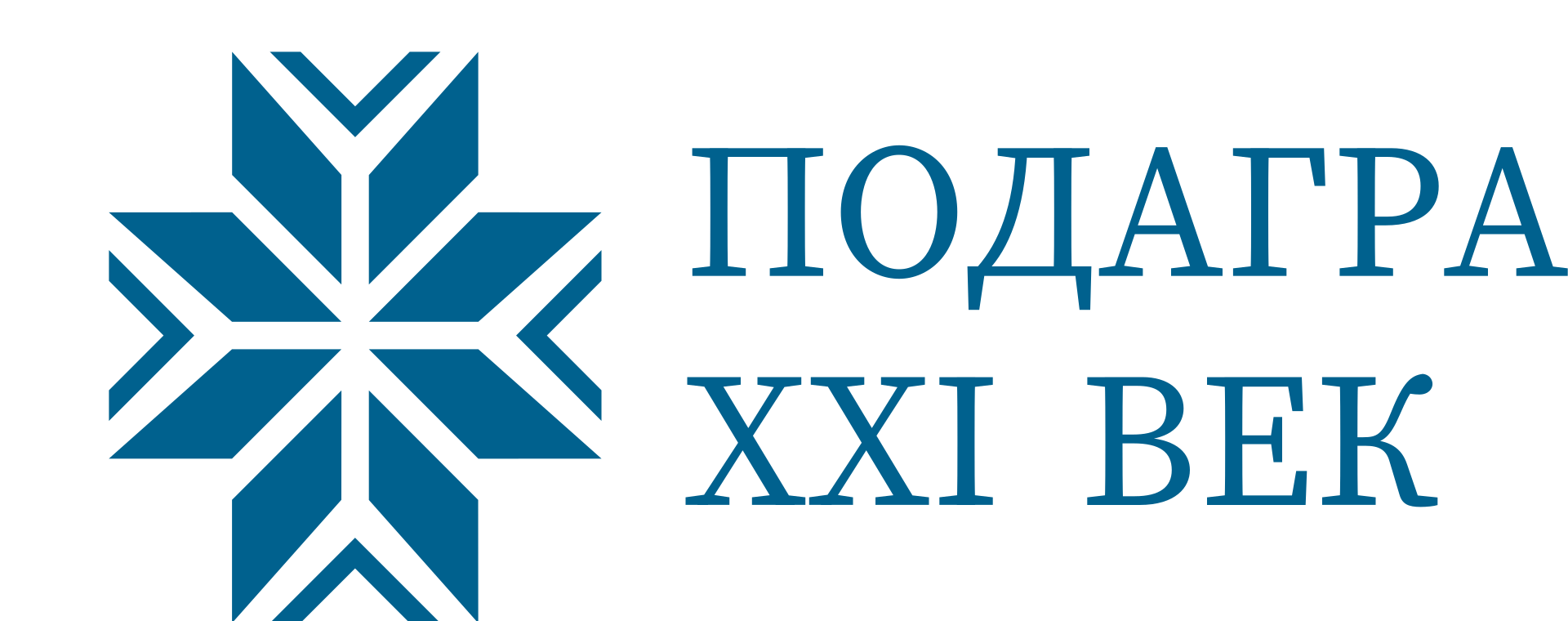
В полногеномном исследовании ассоциаций было показано, что обычный полиморфизм (rs2231142, Q141K) АТФ-связывающего кассетного транспортера G2 (ABCG2) связан с уровнем мочевой кислоты в сыворотке, то есть ABCG2 — важный транспортер уратов. В настоящем обзоре обсуждается роль полиморфизма ABCG2 в течении подагры, возможные этиологические механизмы и подходы к лечению. Вариант ABCG2 141K, повышающий уровень уратов, вызывает нестабильность в домене, отвечающим за связывание нуклеотидов, что ведет к снижению экспрессии транспортера на поверхности клетки и ухудшению его работы. Изменяется транспорт белка из ядра к цитоплазматической мембране, усиливается его распад в протеасомах, опосредованный убиквитином, а также депонирование в агресомах. У человека это ведет к снижению экскреции мочевой кислоты почками и кишечником с последующим компенсаторным усилением выведения мочевой кислоты с мочой. Вариант ABCG2 141K не только ведет к гиперурикемии путем повышения нагрузки на почки и недостаточного выведения мочевой кислоты с мочой. Появляются данные о том, что этот вариант белка также увеличивает риск развития подагры при наличии гиперурикемии, риск раннего развития подагры, образования тофусов и плохого ответа на аллопуринол. Кроме того, есть некоторые данные в пользу того, что нарушение функции ABCG2 усиливает нарушение функции почек при хронической болезни почек, усиливает системный воспалительный ответ и ослабляет процесс аутофагии в клетках в ответ на стресс. Эти данные позволяют предположить, что восстановление функции ABCG2 принесет большую пользу пациенту. Было показано, что функцию и экспрессию ABCG2 141K на поверхности клетки можно восстановить с помощью колхицина и других низкомолекулярных препаратов. Однако такую терапию следует проводить с осторожностью, поскольку ABCG2 на поверхности клетки участвует в механизмах лекарственной резистентности.
Cleophas MC, Joosten LA, Stamp LK, Dalbeth N, Woodward OM, Merriman TR.
Pharmacogenomics and Personalized Medicine.
2017 Apr 20;10:129-142.
Ссылка на DOI
![]()
ABCG2 polymorphisms in gout: insights into disease susceptibility and treatment approaches
Abstract
As a result of the association of a common polymorphism (rs2231142, Q141K) in the ATP-binding cassette G2 (ABCG2) transporter with serum urate concentration in a genome-wide association study, it was revealed that ABCG2 is an important uric acid transporter. This review discusses the relevance of ABCG2 polymorphisms in gout, possible etiological mechanisms, and treatment approaches. The 141K ABCG2 urate-increasing variant causes instability in the nucleotide-binding domain, leading to decreased surface expression and function. Trafficking of the protein to the cell membrane is altered, and instead, there is an increased ubiquitin-mediated proteasomal degradation of the variant protein as well as sequestration into aggresomes. In humans, this leads to decreased uric acid excretion through both the kidney and the gut with the potential for a subsequent compensatory increase in renal urinary excretion. Not only does the 141K polymorphism in ABCG2 lead to hyperuricemia through renal overload and renal underexcretion, but emerging evidence indicates that it also increases the risk of acute gout in the presence of hyperuricemia, early onset of gout, tophi formation, and a poor response to allopurinol. In addition, there is some evidence that ABCG2 dysfunction may promote renal dysfunction in chronic kidney disease patients, increase systemic inflammatory responses, and decrease cellular autophagic responses to stress. These results suggest multiple benefits in restoring ABCG2 function. It has been shown that decreased ABCG2 141K surface expression and function can be restored with colchicine and other small molecule correctors. However, caution should be exercised in any application of these approaches given the role of surface ABCG2 in drug resistance.





